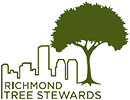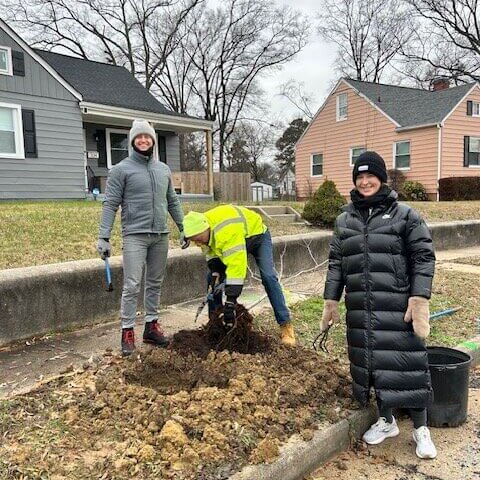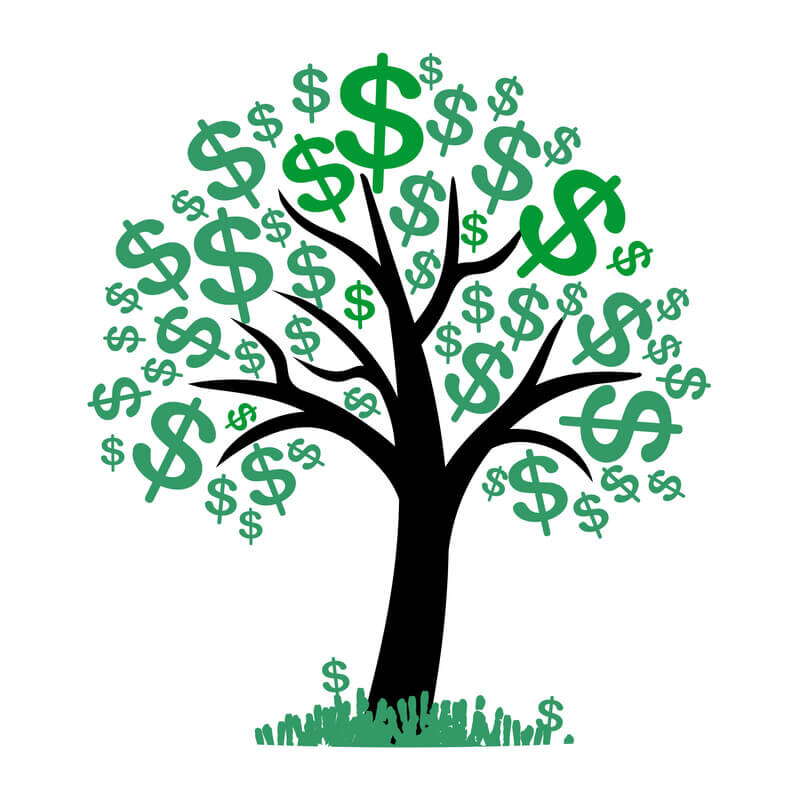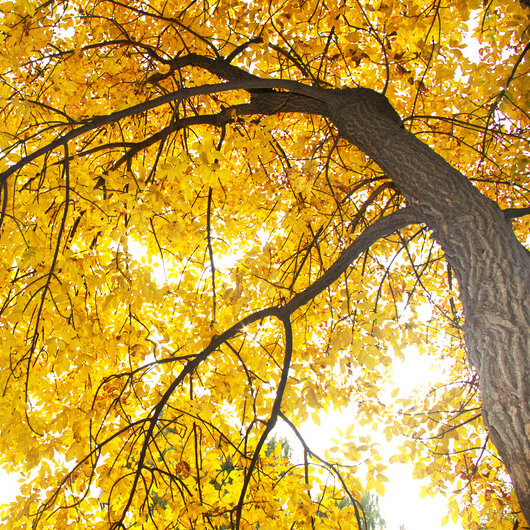People who know how to buy a car, choose a major appliance or find the perfect vacation spot sometimes feel overwhelmed when it comes to selecting a tree.
Let’s look at how you can apply the same strategies you use in those decisions to choosing a tree.

What do you want to accomplish?
- Shade the house or lawn?
- Attract wildlife?
- Provide fruit or nuts for the family?
- Screen the yard?
- Enjoy great fall color?
- A combination of the above?
How soon do you want these qualities?
Buying a larger tree instead of a smaller one is not always the better choice. Besides costing more, most larger trees take longer to adapt to their new site.
What can you afford?
Instead of dollars, the currency for trees exists in your yard or garden – sunlight, water and space: How many hours of sunlight? How to get water to the tree? Which spaces are safely away from structures, overhead lines and underground infrastructure?
CAUTION: If you want to add a patio, deck or pool in a few years, don’t put a tree in that space or too close to it. Moving even a young tree is challenging and not usually good for the tree.
When you have YOUR answers to these questions, you’re ready to start shopping for your tree.

More tree selection info from the Richmond Tree Stewards website.

This Virginia Tech site provides several ways to search, including the common name (dogwood) and the botanical name (Cornus florida).
Arboretums and the Arbor Day Foundation also provide free information on their websites.



